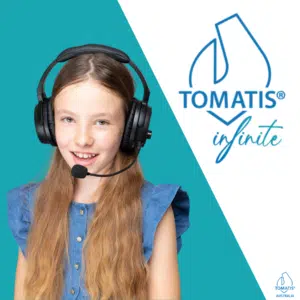Dyslexia is often associated with reading and writing difficulties. However, many children with dyslexia also experience challenges beyond the written word, impacting their speaking and listening skills. These “off the page” symptoms can often go unnoticed, creating additional frustrations and hindering their learning journey.
This article explores five key “off the page” speaking and listening difficulties that children with dyslexia may experience, along with helpful tips for parents and teachers:
1. Difficulty Following Multi-Step Instructions:
Children with dyslexia may struggle to process and retain a sequence of complex instructions, especially when delivered verbally. This can manifest in:
- Difficulty remembering the full set of instructions: They may forget parts of the instructions or mix them up.
- Taking a longer time to complete tasks: They may need the instructions repeated or broken down into smaller, simpler steps.
- Appearing frustrated or confused: The inability to follow instructions can lead to feelings of inadequacy and hinder their ability to complete tasks independently.
Helpful Tips:
- Break down instructions into smaller, manageable steps.
- Try to use visual props, such as pictures or checklists, to support the instructions.
- Allow for repetition and rephrasing of instructions.
- Provide opportunities for the child to confirm understanding by asking them to repeat the instructions in their own words.
2. Challenges with Auditory Processing:
Auditory processing involves understanding and interpreting spoken language. Children with dyslexia may struggle with listening in the following ways:
- Filtering out background noise: This can make it hard to focus on the speaker and understand what they are saying, particularly in crowded environments.
- Distinguishing similar sounds: They may confuse words that sound alike, such as “bat” and “cat,” or “bed” and “fed.”
- Following rapid speech: They may have difficulty keeping up with the pace of conversation, especially in lectures or group settings.
Connection between dyslexia and auditory processing
While the exact link between dyslexia and auditory processing difficulties is still being explored, research suggests a strong connection. The auditory system is important in several foundational skills for language development, including:
- Phonological awareness: The ability to identify, manipulate, and segment the sounds within words.
- Auditory discrimination: The ability to distinguish the subtle differences between sounds, such as different phonemes (e.g., “p” and “b”) or word endings (e.g., “s” and “st”).
- Auditory memory: When the brain can store and recall auditory information, such as spoken instructions or sequences of sounds.
Difficulties in any of these areas can significantly impact a child’s ability to learn and process language, leading to the reading and writing challenges commonly associated with dyslexia. Additionally, children with auditory processing disorder (APD) often display similar symptoms, further blurring the lines between the two conditions. However, it’s important to note that not all children with dyslexia experience APD, and vice versa.
Here are some potential explanations for the connection:
- Brain processing differences: Studies suggest that individuals with dyslexia may have differences in the way their brains process auditory information. These differences may affect how they decode sounds, filter background noise, and integrate auditory information with other sensory inputs.
- Shared underlying difficulties: Some experts believe that dyslexia and APD may share common underlying causes, such as genetic predispositions or brain development issues. This could explain why these conditions often co-occur.
Understanding the commonalities between dyslexia and auditory processing is crucial for developing effective intervention strategies. Addressing both the “on the page” and “off the page” challenges can significantly improve a child’s learning outcomes.





